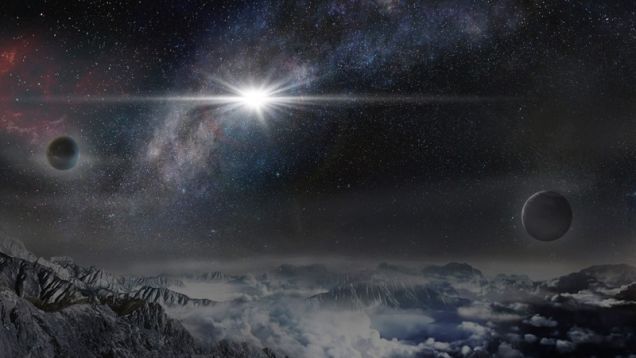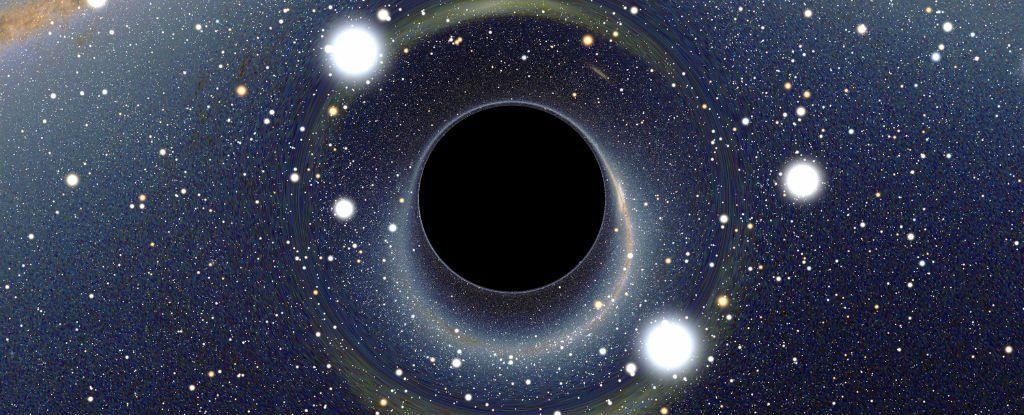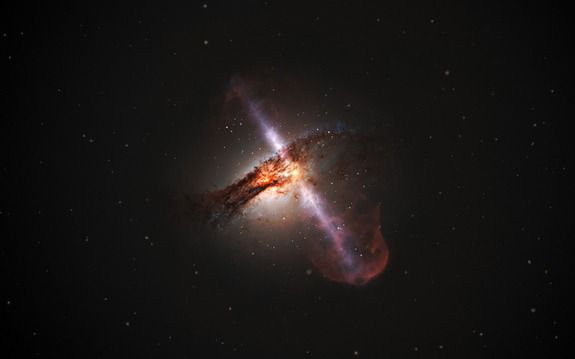An international team of astrophysicists has discovered the brightest supernova yet, briefly blazing fifty times brighter than the entire Milky Way galaxy. It’s a strange new way for stars to die.
As described in a new paper in Science, this spectacularly extravagant stellar explosion— part of a classification known as super luminous supernovae —may give us a peek into the death of stars from near the beginning of the Universe, helping unravel the secrets of early stellar evolution. It’s been named ASAS-SN-15lh.
Humans have been spotting the suddenly-bright pinpricks of stars violently exploding in the night sky for thousands of years, with some records even telling of the rapid appearance and disappearance of stars so bright they can be seen by the naked eye even during in the day. Superluminous supernova kick it up a notch, shining a hundred to a thousand times brighter than a normal nova.









